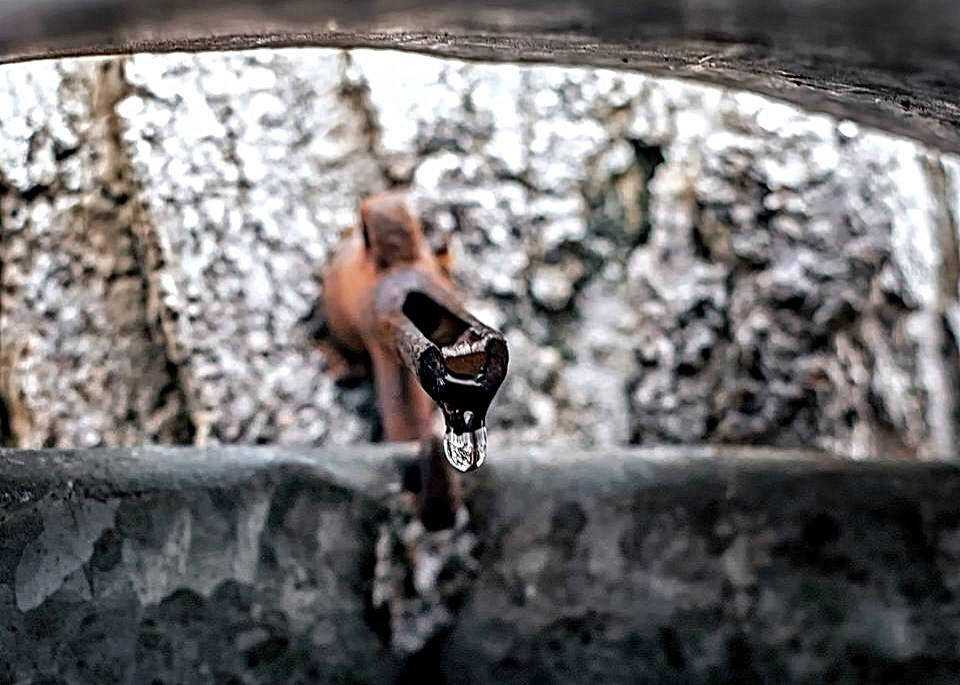The sweet science of syrup season
Sugaring season hasn’t been all that sweet this year. In spite of deep snow and frigid temps, most maple producers have been ready since early February, but they’ve had to wait quite a while for the right weather to trigger sap flow. Until the first week of April, sap runs in northern NY had for the most part been sporadic and brief, and some producers at higher elevations where it’s a bit colder have seen very little action until this month.
We know that below-freezing conditions at night followed by mild daytime temperatures lead to a sap run, but until just a few years ago, science was at a loss to fully explain maple sap flow. (I always like it when people a lot smarter than I am don’t know the answer, either.) Because of recent discoveries, the mechanisms behind sap flow are now mostly understood. Probably.
Among the many debts we of European ancestry owe to Native Americans is a deep gratitude for showing us how to gather maple sap to make sugar. Back in the early days it involved placing red-hot stones into sap to boil it down. While syrup and sugar-making is still a lot of work, technology has made it a lot easier than it once was.
Modern maple producers have tubing all set up, and reverse-osmosis units and vacuum pumps ready to go long before the first sap run. The forecast will tell us when that will likely be, but what exactly makes it happen?
Aside from maple, very few tree species have a spring sap run. Birch and butternut are exceptions, but their roots generate pressure that forces sap upward, which is not the case in maples. It turns out maple sap flow is due to the way its wood interacts with freeze-thaw cycles.
In biology we learn that wood, or xylem, is responsible for upward transport of water, while sugars move down through the phloem, the outermost layer of cells that make up the cambium just under the bark. During the spring sap run, xylem “misbehaves,” ferrying sugars up for a few weeks before nonchalantly returning to the textbook model as if nothing happened.
Xylem is composed of several types of cells, including vessels to transport liquid and fiber cells to provide strength. Unlike most trees, maples have gas-filled fiber cells. Carbon dioxide and other gases in those fibers are critical to generating flow because the gases dissolve in sap.
The geyser that results when we open a seltzer bottle, especially a warm one, too fast is a reminder that plenty of carbon dioxide can dissolve in water. If that bottle is icy cold, the risk of a gusher is low because cold water holds more dissolved gas than does warm water.
During nighttime, gases in fibers shrink as they cool, and eventually they dissolve into sap contained in the vessels. This contraction of gases causes the tree’s internal pressure to drop, creating a suction that draws sap up from its roots. As the temperature warms in the morning, gases bubble out of solution and expand (like your warm seltzer bottle), increasing the tree’s internal pressure and forcing sap out the tap hole at about 15 pounds per square inch (psi) on average, but occasionally as much as 40 psi.
Rather than flowing up from the roots and out the tap during the day as was once commonly thought, maple sap actually flows up at night and then down in the daytime. Sap flows from the crown, and also laterally, toward the tap hole.
When a warm day follows a sub-freezing night, sap may run for just a few hours or for as long as several days, depending on the tree and on factors like barometric pressure change and wind. If temperatures stay warm at night or below freezing during the day, sap will stop running.
All native maples yield sweet sap. Even the much-maligned boxelder belongs to the genus Acer and can be tapped. Unfortunately, the imported Norway maple, including its red-leaf cultivars, exude a bitter, milky sap.
Sugar maple sap is two to three percent sucrose on average, although it can range from one up to ten or more percent. In addition to sugar, sap contains organic acids, amino acids, minerals and other compounds. Many of these contribute to maple’s flavor, and others form insoluble sediment called “sugar sand” that must be filtered out. As a bonus, some natural antioxidants form during the boiling process that aren’t present in raw sap.
The freeze-thaw, dissolved-gas, pressure-differential hypothesis has some holes. Although the mechanism should work with pure water, it turns out that sap only flows if it contains a minimum level of sucrose. Sap flow should also happen in any xylem tissue, not just the living sapwood, but that’s not the case either. So the mystery of sap flow continues. Sometimes it’s a relief not to have all the answers.
Paul Hetzler is a horticulture and natural resources educator with Cornell Cooperative Extension of St. Lawrence County.
Tags: agriculture, food, Maple syrup









Our trees have been producing like crazy! This has been a good year for us so far – 1900 taps.
Glad it’s a good year for you! We had our first decent run yesterday–just 20 taps.